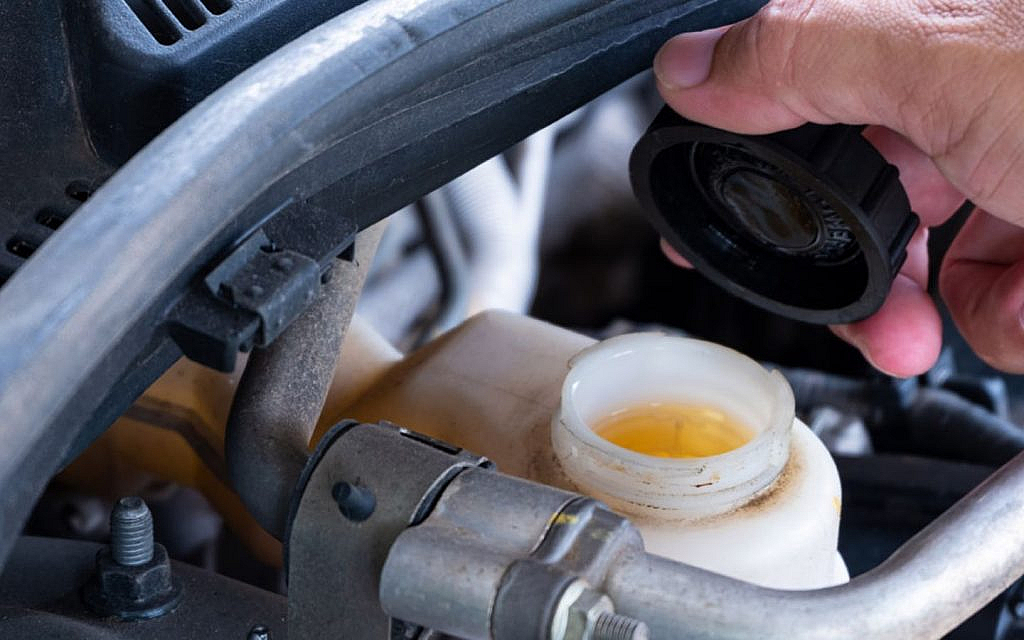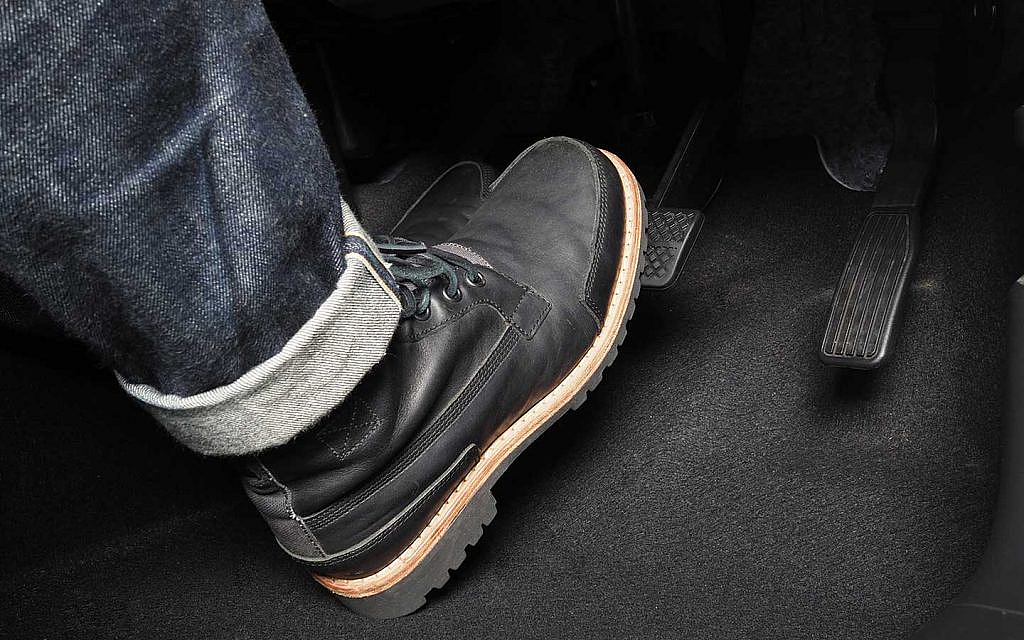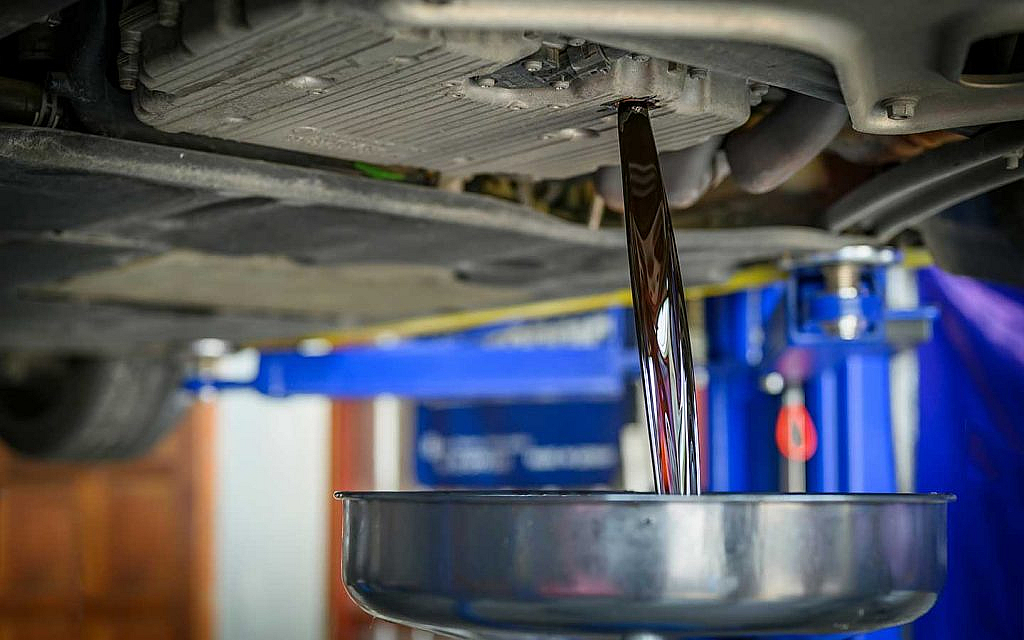Common Signs of Low Brake Fluid
Maintaining adequate brake fluid levels is crucial for the safe operation of any vehicle. Brake fluid is responsible for transmitting the force from your foot on the brake pedal to the brakes themselves, ensuring they work effectively. Low brake fluid levels can result in reduced braking performance, which is a serious safety concern. Let us guide you through understanding what brake fluid does and why it can get low. We will further explore how to recognise the signs of low brake fluid so that you can take action before it impacts your safety on the road.
What Does Brake Fluid Do?
A car brake fluid or hydraulic fluid, is vital to your vehicle’s braking system. When you press the brake pedal, the fluid is pushed through the brake lines to activate the brake callipers. It then presses the brake pads against the rotors (or brake shoes against the drums in some vehicles). This contact creates the friction needed to slow down and stop the vehicle.
Since brake systems are hydraulic, they require a closed system to function correctly. A leak, or simply low brake fluid, can disrupt this hydraulic pressure, compromising your braking ability.
Common Causes of Low Brake Fluid

Low brake fluid levels can result from several factors, including:
- Normal Wear of Brake Pads: Due to the worn-out brake pads, the calliper pistons extend further to maintain contact with the brake pads, which can cause a drop in brake fluid levels.
- Leaks in the Brake System: Leaks can develop in the brake lines, master cylinder, wheel cylinders or brake callipers, leading to fluid loss.
- Brake Fluid Evaporation or Contamination: Over time, brake fluid can become contaminated or evaporate, especially if it hasn’t been replaced in a while.
Key Signs of Low Brake Fluid
To help you recognise when your brake fluid levels may be low, here are some low brake fluid symptoms:
Warning Light on the Dashboard
Most modern vehicles are equipped with brake system warning lights that will illuminate your dashboard if the fluid level drops below the recommended level.
- What to Do: If you see the brake light, check your brake fluid reservoir under the hood to confirm whether it’s low. If you’re unsure, consult your vehicle’s owner’s manual or have a professional check it.
Longer Stopping Distance
If your brakes take longer to bring the vehicle to a complete stop, it could be due to low brake fluid. Insufficient hydraulic pressure means less force is applied to the brakes.
- What to Do: Check your brake fluid level and fill it to the appropriate mark if it’s low. If the problem isn’t resolved, consider having the brake system inspected by a professional.
Soft or Spongy Brake Pedal

A spongy brake pedal is often a sign of low brake fluid. This happens because there isn’t enough fluid to maintain consistent hydraulic pressure.
- What to Do: Avoid driving with a spongy brake pedal. Refill the brake fluid, if necessary, but if the issue persists, you may have a leak or air in the brake lines. This requires immediate attention from a mechanic.
Strange Noises When Braking
Grinding or squealing noises while braking may indicate that your brake pads are worn out, which can correlate with low brake fluid levels due to extended calliper pistons.
- What to Do: Inspect your brake pads and brake fluid level. If the fluid is low, top it up, but be prepared to replace the brake pads if they’re worn.
Visible Fluid Leaks Under the Vehicle
Brake fluid leaks often leave a yellowish or brownish fluid puddle underneath the vehicle, usually near the car wheels or under the master cylinder.
- What to Do: If you notice fluid leaks, avoid driving the vehicle until the issue is addressed, as leaks can rapidly deplete brake fluid, increasing the risk of brake failure.
Unusual Smell During Braking
An unusual, burning odour while braking can be an indicator that your brakes are overheating or that brake fluid is leaking onto hot brake components.
- What to Do: Stop driving if you notice a burnt smell when braking. Check your brake fluid and inspect for leaks. Have a mechanic evaluate the brake system if the odour persists.
Inconsistent Brake Performance

If your brakes feel strong one moment and weak the next, it could indicate low or inconsistent brake fluid levels.
- What to Do: If this happens, refill the brake fluid to the correct level and closely monitor brake performance. Inconsistent braking is a safety risk and should be inspected by a professional if it continues.
Checking and Refilling Brake Fluid
Checking your brake fluid level is relatively simple and it’s a good habit to check it regularly, especially before long drives. Here’s a quick guide on how to check and refill it:
- Locate the Brake Fluid Reservoir: This is usually located near the back of the engine bay and is labelled.
- Check the Fluid Level: Most reservoirs have ‘MIN’ and ‘MAX’ markings. The fluid should be closer to ‘MAX’ than ‘MIN.’
- Refill if Needed: If the fluid is low, add the appropriate type of brake fluid (check your owner’s manual for the recommended type
- Replace the Cap Securely: Ensure the cap is tightly sealed to prevent contamination.
Preventative Measures
Maintaining brake fluid is part of regular car maintenance. Here’s how you can help prevent low brake fluid levels:
- Routine Inspections: During regular maintenance, have your mechanic check the brake fluid levels and inspect for leaks or worn brake components.
- Replace Brake Fluid Periodically: Over time, brake fluid absorbs moisture, which can decrease its effectiveness. Many mechanics recommend changing brake fluid every 48,000 to 80,000 km or every 2-3 years.
- Watch for Wear on Brake Pads: Worn brake pads increase the distance the calliper pistons need to travel, which can contribute to fluid loss. Replacing brake pads promptly can help maintain optimal brake fluid levels.
FAQs
How often should brake fluid be changed?
Brake fluid should typically be changed every 2-3 years or every 48,000 to 80,000 kilometres, depending on the vehicle and driving conditions. Check your owner’s manual for specific recommendations.
How to change brake fluid?
Changing brake fluid involves:
- Locating the brake fluid reservoir.
- Draining the old fluid from each brake line.
- Refilling the reservoir with fresh fluid.
- Bleeding car brakes to remove air from the system.
It’s recommended to have a professional handle this, especially for newer vehicles.
How to clean the brake fluid reservoir?
To clean the reservoir, remove as much old fluid as possible with a clean syringe or turkey baster. Wipe the inside gently with a clean, lint-free cloth, avoiding contamination and refill with fresh brake fluid. Make sure to handle brake fluid with care to avoid spills.
Can I drive a car without brake fluid?
No, you should not drive a car without brake fluid. Brake fluid is essential for stopping your vehicle safely; without it, the brakes will fail. Also, driving a car without brake fluid can lead to accidents and collisions
Is brake fluid flammable?
Yes, brake fluid is flammable, especially under high heat or pressure. Avoid contact with hot surfaces and handle it carefully.
Is it necessary to change brake fluid?
Yes, changing brake fluid is necessary to maintain effective braking performance and prevent corrosion in the braking system.
Low brake fluid is a serious issue that can affect your vehicle’s braking performance, posing a risk to you and others on the road. By understanding and recognizing the signs of low brake fluid, you can take preventive measures to ensure a safe driving experience. Regular inspections, timely fluid changes and paying attention to warning signs can go a long way in keeping your brakes functioning reliably.
If the issue persists, it may be time to consider upgrading your car. Explore new cars for sale in the UAE to find your ideal choice. If you’re on a budget, consider renting a car in the UAE through dubizzle.
Stay tuned to the dubizzle’s auto blog for more car maintenance and repair tips.
Comments
Post a Comment